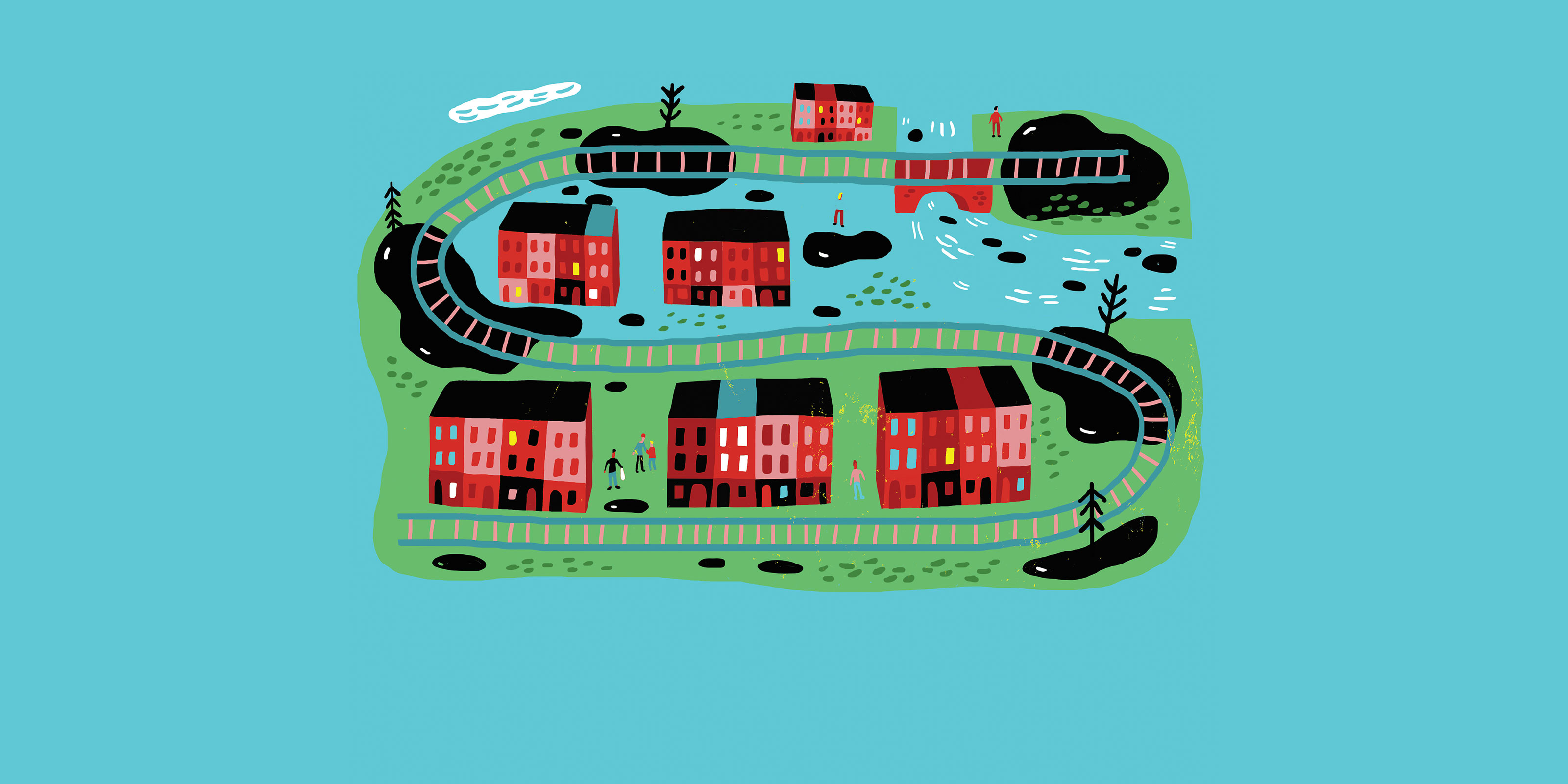
Bomb Trains: The Dangers of Rail Transport of Crude Oil
Minority and low-income neighborhoods face disproportionate risk from oil trains.
Climate gentrification is one of many environmental justice issues that disproportionately affect vulnerable populations. And Genee Smith is working on several of them.
Last year, for example, she published research demonstrating a relationship between extreme precipitation in Massachusetts and an uptick in influenza-related emergency room visits, especially among African Americans, who might be particularly susceptible due to racial barriers to widespread vaccination and other socioeconomic factors.
Smith is currently working with Christopher D. Heaney, PhD, MS, an associate professor in Environmental Health and Engineering, and Gurumurthy Ramachandran, PhD, MS, a professor in Environmental Health and Engineering, to assess the public health impact of transporting crude oil by rail through Baltimore.
Rail transport of crude has increased markedly thanks to the growing use of hydraulic fracturing, or fracking, a method of extracting oil or gas from rock layers. But fracked crude is highly explosive, making derailments potentially catastrophic. It is also a source of dangerous volatile organic compounds (VOCs) such as benzene, a known carcinogen.
Approximately 165,000 people in Baltimore live within the potential blast zone of a so-called bomb train. And the rail lines run through predominantly minority and low-income residential areas with poorly maintained tracks and crossings.
“It’s just a disaster waiting to happen,” Smith says.
Earlier this year, Smith, Heaney and a group of graduate students joined community members and environmental organizations in a successful effort to persuade the Baltimore City Council to ban the construction or expansion of crude oil terminals throughout the city.
But much remains to be done.
Doctoral student Emma Cogan, MPH ’18, has installed cameras in various neighborhoods to identify trains carrying crude, and she is field testing the use of air monitors to measure VOC levels in affected neighborhoods. In the future, the team might also introduce decibel monitors, since noise from late-night rail traffic could cause sleep deprivation leading to further negative health effects.
If successful, says Cogan, the Baltimore study could be expanded to other large cities to make the case that crude-by-rail “is harmful on multiple levels—not just to the planet, but also to the people who live close to the rail lines.”